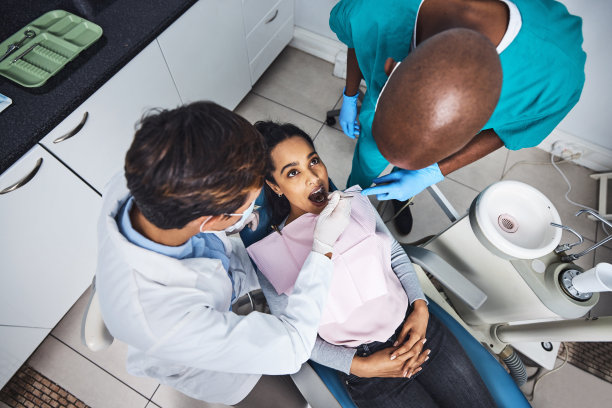Essential Guidelines to Follow Before and After Dental Filling to Ensure Optimal Results and Prevent Complications
Summary: Dental fillings are a common procedure to restore teeth affected by decay, cracks, or damage. However, to achieve optimal results and minimize complications, its crucial to follow specific guidelines before and after the procedure. This article outlines essential steps that enhance recovery and ensure the longevity of the filling. Emphasizing proper oral hygiene, dietary considerations, and aftercare strategies, it offers a comprehensive guide that can contribute to your dental health. By adhering to these guidelines, patients can not only ensure a successful filling but also avoid potential issues that may arise post-treatment.
1. Key Steps Before Your Dental Filling

Before undergoing a dental filling, it is essential to prepare both mentally and physically for the procedure. This preparation starts with a comprehensive consultation with your dentist to discuss any concerns or questions you may have. Understanding the procedure can alleviate anxiety and help you mentally prepare for the treatment.
Another vital step is to inform your dentist about any medications you are currently taking or any underlying health conditions. Certain medications or health issues might affect how your body reacts to anesthesia or the filling material used. Providing full disclosure ensures that your dentist can customize your treatment plan appropriately.
Finally, consider arranging for a ride home after the procedure, especially if sedation will be used, as it can impair your ability to drive. This precaution helps ensure your safety and allows you to rest following the appointment without the added stress of transportation.
2. Oral Hygiene Practices Following Treatment
Once your dental filling is complete, immediately maintain proper oral hygiene practices to protect the treated area. For the first 24 hours, its best to avoid eating until the numbness from anesthesia wears off. This precaution helps prevent biting your cheek or tongue accidentally, ensuring a smoother recovery.
After the numbness subsides, you should resume your dental hygiene routine, but be gentle around the filling. Using a soft-bristled toothbrush can help avoid any irritation to the sensitive area. Brushing should be performed at least twice a day to remove plaque and prevent decay from developing around the new filling.
In addition to brushing, dont forget to incorporate flossing into your daily routine. Flossing helps eliminate food particles and plaque between teeth, where the toothbrush may not reach effectively. If the area around the filling becomes sore or irritated, consult your dentist for advice on suitable techniques or products to ease discomfort.
3. Dietary Considerations Post-Filling
Your diet plays a significant role in the healing process after a dental filling. For the first couple of days following the procedure, it’s advisable to stick to soft foods. Foods like yogurt, applesauce, and mashed potatoes minimize discomfort and prevent any damage to the filling from tougher, crunchier options.
Additionally, avoid extremely hot or cold foods and beverages for a few days, as these temperatures can trigger sensitivity in the filled tooth. Listening to your bodys cues is crucial; if you notice any discomfort, opt for milder food options and consult your dentist if the sensitivity persists.
Limit sugary foods and drinks in the days following your filling, as sugar can contribute to plaque buildup around the filling. Maintaining a balanced diet with adequate nutrition can promote healing while ensuring that the filling lasts longer. Hydration is also vital, so drink plenty of water to help with saliva production, which naturally protects against decay.
4. Monitoring Your Recovery Process
After getting a dental filling, keep an eye on how the tooth feels over the next few weeks. Its normal to experience some sensitivity right after the procedure, but this should gradually decrease. If you notice persistent or worsening pain, its essential to contact your dentist to rule out any complications.
During the recovery phase, regularly check for any changes in the filling itself. For example, if you notice that the filling feels loose or if you experience a change in bite, re-scheduling a follow-up appointment with your dentist can resolve any issues before they escalate.
Moreover, maintaining regular dental check-ups is crucial, even beyond the recovery period. Your dentist can monitor the condition of the filling and your overall dental health, helping to catch any potential problems early on. Keeping proactive dental care in mind contributes to lasting dental health and helps ensure the effectiveness of your fillings.
Summary:
In conclusion, diligent preparation and attentive care before and after a dental filling can significantly impact your recovery and the vitality of the restoration. Following the outlined guidelines promotes effective healing and minimizes complications, ensuring that your dental procedures yield the best results.
This article is compiled by Vickong Dental and the content is for reference only.


